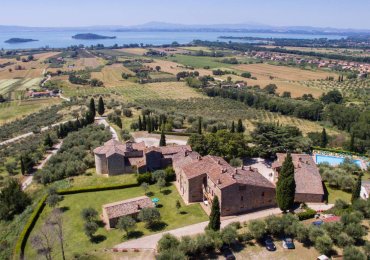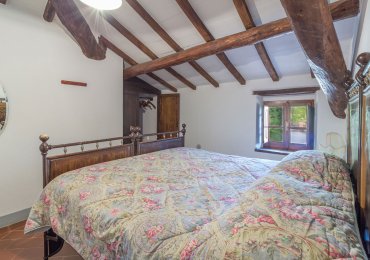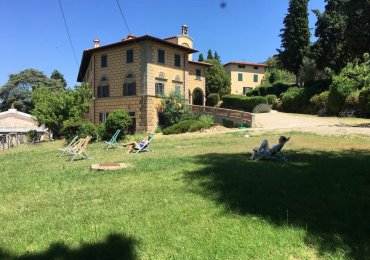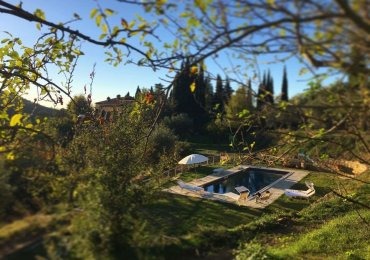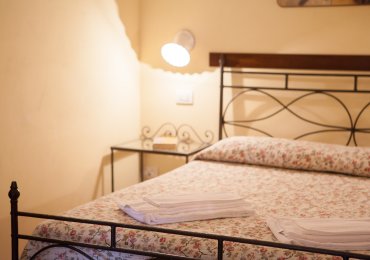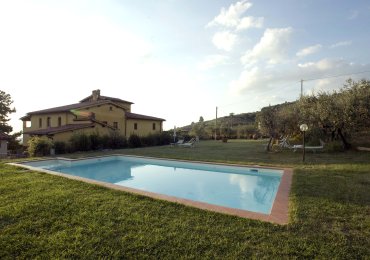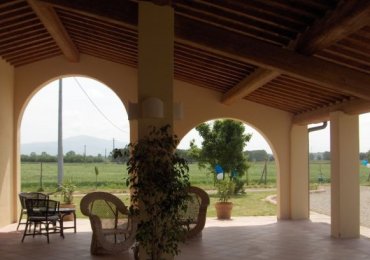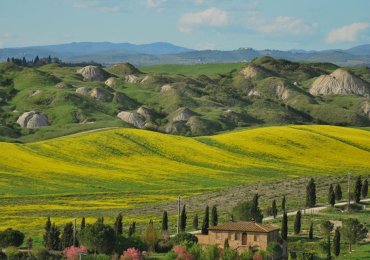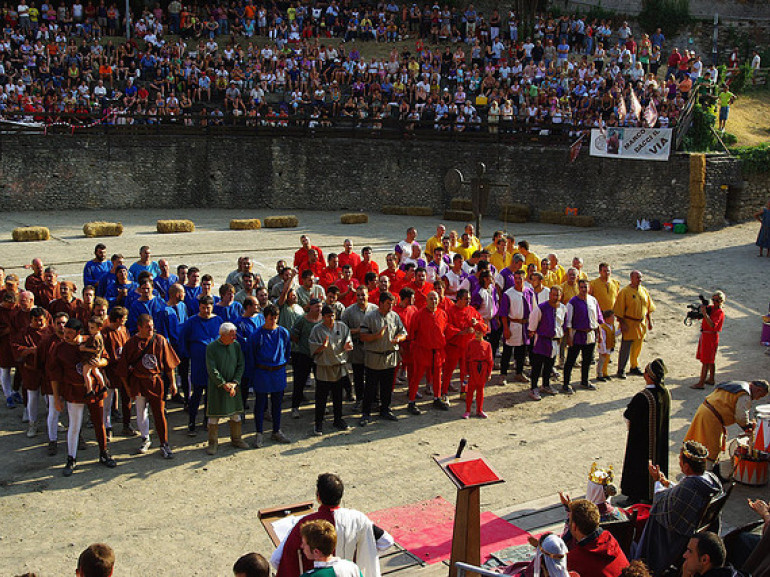
1. Best things to do in Arezzo
Its historic heart is first of all hard to be read because where you would normally expect the town centre to be lies a municipal park with the ruins of Medici fortress and the countryside stretching away below and beyond.
Its Medieval center with lots of monuments, churches and museums offer visitors a chance to step back into history. The Church of San Francesco is probably the most famous in Arezzo, with the incredible frescos by Piero della Francesca Cross. Let’s also visit the Cathedral dedicated to San Donato, then back down to the Roman Amphitheater and the Church of San Domenico.
Twice a year, however, Arezzo is colored with the Giostra del Saracino. The second Saturday of June (Joust of San Donato) at night and the first Sunday of September (Giostra of September) during the day. The old competition takes place in medieval costumes and requires the knights of the four city districts to hit the shield of the "tumbler" with a spear, without being hit themselves by the puppet of the Saracen.
The beautiful Basilica of San Francesco, in the center of the city, is worth a visit.
Best advice if you arrive by train is to avoid the direct route into the centre and head instead to the right through Piazza Risorgimento. Corso Italia is the long axis along which the city's 13th-century expansion unfolded. Today it's full of boutiques, bars and shops (Arezzo's antiquarian offerings are not limited to the monthly Fiera Antiquaria in Piazza Grande).
Corso Italia is not only a track to Arezzo's main sights; it also combines proud and prosperous town's modern working periphery and its medieval and Renaissance heart.
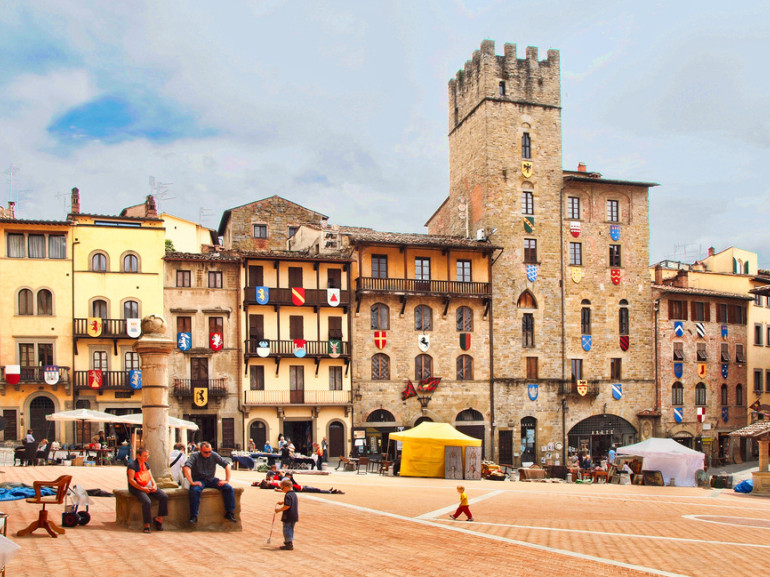
2. Casentino forests and surroundings
Arezzo are tipically Tuscan, so do not forget the provincial Nature Reserve of Arezzo, which protects a portion of the Apennine range known as the Alpe della Luna.
A long ridge that forms the watershed between the upper valley of the Tiber, in the Tyrrhenian side, and that of the river Marecchia, on the Adriatic side.
Here the land is mostly wooded with beech forests and mixed forests. There is a large number of open air turf, dotted with tiny historian settlements as Monterano and Montelabreve and spot buildings in rural areas: an echo that remembers the past when the Alpe moon was inhabited and lived.
Today from clearings of Monterano, the view flies on Badia Tedalda and Valmarecchia, Mount Botolino to the shapes of the Sasso Simone and the Simoncello.

3. Tastes and local foods
Arezzo is a spectacle of majestic hills, vineyards and vegetable gardens.
The distant sea has encouraged a cuisine based on pasta, meat, cheese and vegetables but also good wine. The best dishes of the Italian poor cooking are: crostini with chicken livers and sliced Casentino.
Try the excellent acquacotta (bread, eggs, cheese and mushrooms) and pappardelle with hare sauce or ocio (with goose or chicken). Among the main dishes gnocchi stand out, with their ricotta and spinach. You cannot forget the Chianina beef, the end pieces of veal flavored with spices and Florentine cheese. The typical cake of Arezzo is called Arezzo Gattò, it is a stub of sponge cake soaked with chocolate and alchermes (such as Emilia chocolate salami).
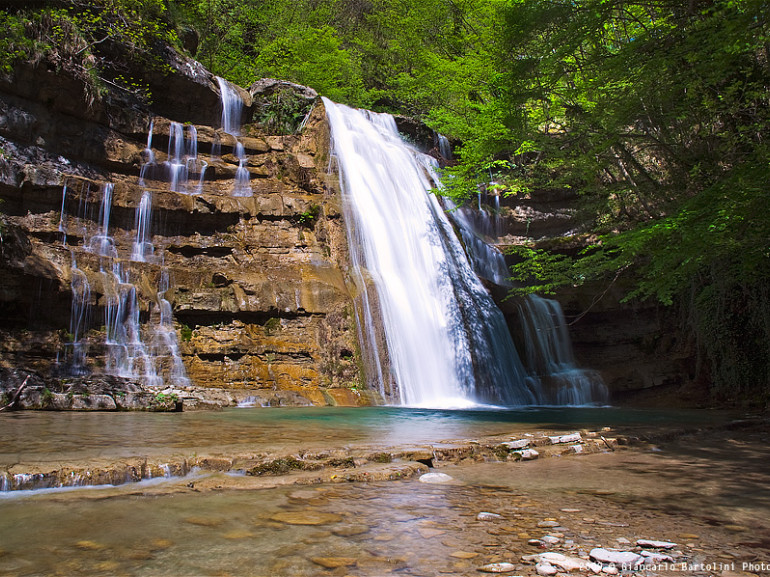
4. Nature, sport and green itineraries
The Casentino National Park is an essential step for a slow travel. The location is very mountainous and you can admire the fauna of all respect: the wolf deer, from the roe deer, wild boar up.
Many waters, clear streams that later flow wildly in Arno. Many small and large waterfalls, including the most popular of Acquacheta.
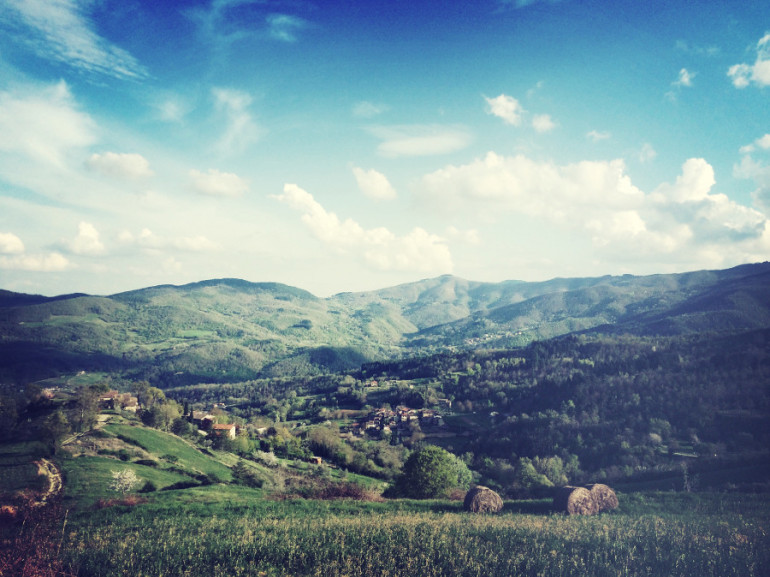
5. Where to stay in the city and surrounding
Discover all ecofriendly accommodations in the province of Arezzo, between the ecological B&B dissipated in sparkling downtown to organic farms collected in prosperous beech forests of Casentino.
Discover all eco-friendly accommodations in Arezzo
Author: Angela Sebastianelli
Cover photo: Arezzo, Piazza Grande. Photo by Beate Meierphoto via Flickr



